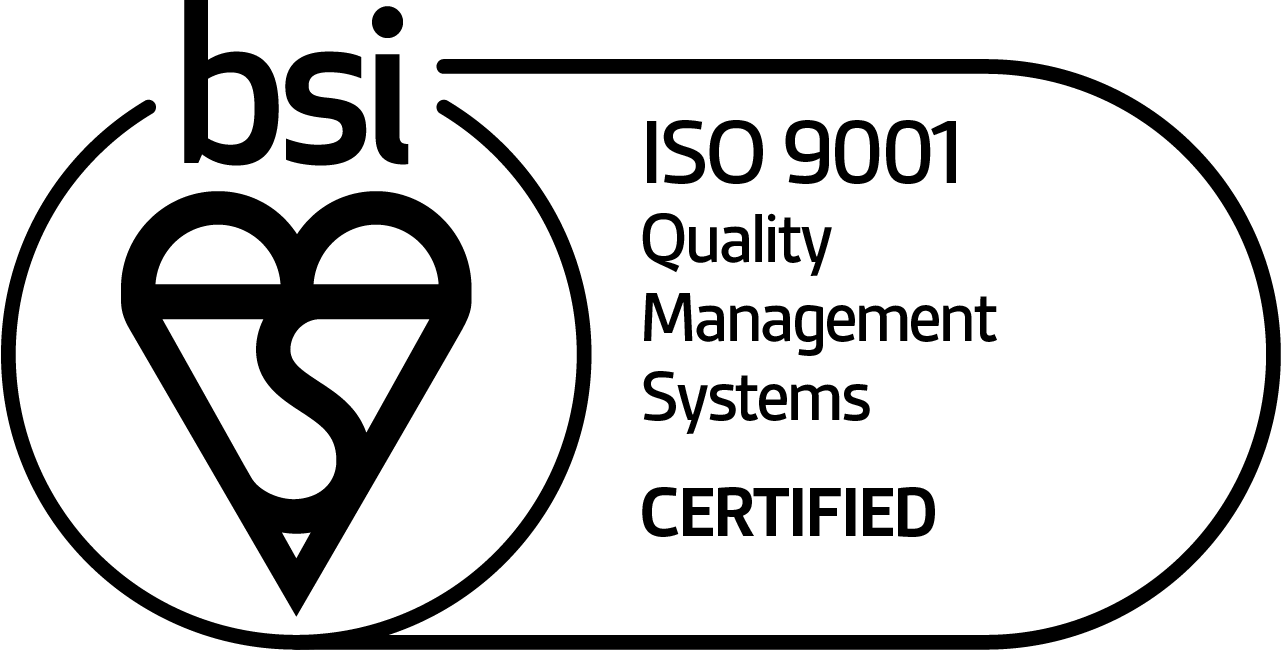| An Introduction to Fall Protection3 October 2019 EU law states that workers must be protected against falling when their workplace exposes them to a fall of 3 metres or more. That may not seem that high, but its worth considering that in 2018/19, more workers were killed in the UK from falling from a height than from any other hazard. The law surrounding fall safety can be a bit of a minefield, but ultimately it is the employer's responsibility to keep their workforce safe at work. One way to prevent injuries in falls from height is through fall protection equipment. To help you get to grips with fall protection equipment and to help you understand the law surrounding it, we've created this short Introduction to Fall Protection Guide. Why People Fall and Fall Protection EquipmentDepending on where you work, there will be different threats that will increase your risk of falling. This includes things such as losing balance, losing grip, tripping, or things that aren't your fault such as a surface giving way or a support moving away from you. If you're an employer, it's down to you to look after your workforce and ensure that the relevant fall protection equipment is provided. This isn't just the harnesses that most people imaging when they think of falls. It actually constitutes of a far greater list, which includes:
Which Type of Fall Protection Equipment Should I Buy?If this is the first time you've purchased fall safety equipment, then it is the law that you and the person using the equipment have been trained in fall safety. There are three types of fall protection that we sell here at WorkWear.co.uk; Work Restraint, Work Positioning and Fall Arrest. It's important that you get it right, so as noted above, if you are unsure of what's best for you, consult a trained professional. Work RestraintWork Restraint is a system whereby a worker is prevented from reaching a fall hazard, either by rope, rails, scaffolding and more. This system is NOT designed to prevent a fall.
Work PositioningWork Positioning is a fall protection system whereby a worker is suspended in a work position in order to carry out a job. This is usually at height, and anyone who works at this height MUST have adequate training. These are usually used in conjunction with a fall arrest system.
Fall ArrestA Fall Arrest system will not stop you from falling. It is instead a system that ensures a fall is carried out in a safe and controlled manner. This enables a worker to carry out their job, while a body harness is connected to a suitable shock absorbing system. This will not prevent free fall. You will still fall, however be caught by a fall arrest block, rope, a lanyard and your harness. Training MUST be provided, and an escape plan MUST be in place before an accident takes place.
What's the Relevant RegulationBefore purchase it's important to know what the different regulations are. How a piece of equipment performed to each standard signifies what the equipment is suitable for. Regulation is generally in separated into five different corners, which are: Harnesses
Arrest Block
Lanyards
Connectors / Rope / Rope Grabs
Anchorage Devices
Where Can I Buy Fall Protection Equipment?Here at Workwear.co.uk, we have all of the fall safety equipment required for a safe time at work. Ranging from Safety Harnesses to Full Fall Protection Kits, all of our equipment is properly certified and designed by experts. Find the kit for you below:
Ensure You Know Your Fall ProtectionBefore you go ahead with any of this, it's important that you and your team know exactly what you're talking about. If you don't know, please consult an expert. It is the law that for anyone who uses fall safety equipment must be trained by professionals. If you're ready to go, head over to our Fall Protection page to view our full range! If you have any comment or anything to add, then we'd love to hear from you. Please leave a comment below! |









